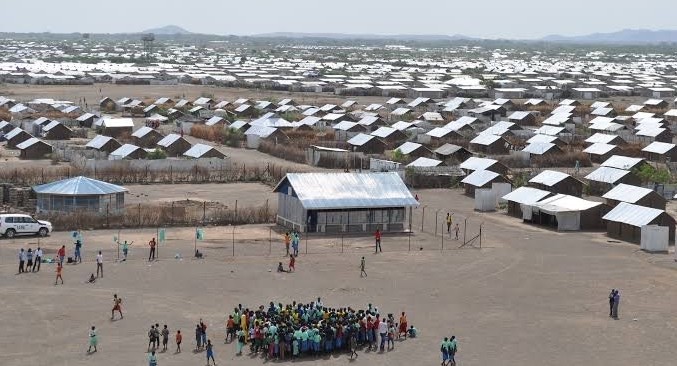AFA to digitise all fibre import permits by January 2026

The move comes after the government, through Gazette notice number 14820 of November 15, 2024, classified jute as a scheduled crop to be developed, regulated, and promoted under AFA’s mandate.
The Agriculture and Food Authority (AFA) has announced that all import licenses and permits for jute products will be processed exclusively through digital platforms beginning January 1, 2026.
The move comes after the government, through Gazette notice number 14820 of November 15, 2024, classified jute as a scheduled crop to be developed, regulated, and promoted under AFA’s mandate.
More To Read
- CS Kagwe announces policy overhaul for sugar, tea and miraa to protect farmers’ earnings
- Factory farming in Africa: Development banks see it as a good idea, but it’s bad for the climate
- AU calls for rapid tech adoption in farming to shield continent from food crises
- AFA orders macadamia traders to declare stocks ahead of harvest ban
- CS Kagwe urges bold reforms in agriculture sector as Intergovernmental Agriculture Forum opens in Naivasha
- Kenya wants China to remove tariffs on coffee, tea, avocados as trade imbalance persists
According to the Authority, the digitisation of jute import procedures is part of efforts to facilitate ease of doing business, enhance transparency, and improve trade efficiency.
"Pursuant to Gazette Notice No. 14820 of November 15, 2024, the Authority has automated the jute products import license and permit application processes on the AFA Integrated Management Information System (AFA-IMIS) and the KENTRADE Trade Facilitation Platform (TFP), respectively, to facilitate ease of doing business and enhance trade. The applications will 'go live' on both systems effective January 1, 2026," said Bruno Linyiru, AFA Director General.
Jute is a natural fibre obtained from the stems of plants in the genus Corchorus, widely used for making ropes, sacks, carpets, textiles, and eco-friendly packaging. Known for its strength, biodegradability, and affordability, jute has become a key crop for sustainable industries worldwide.
The announcement comes as Africa’s jute and jute-like fibres market is projected to grow steadily over the next decade, according to a recent IndexBox report.
Consumption of jute and jute-like fibres in Africa is expected to rise from 70,000 tons in 2024 to 83,000 tons by 2035. Kenya leads the continent in consumption with a 32 per cent share, followed by Tanzania and the Democratic Republic of Congo.
The market value is forecast to increase from $64 million (approximately Sh8.3 billion) to $105 million (approximately Sh13.6 billion) over the same period, reflecting a compound annual growth rate of 4.5 per cent. Production across the continent remained stable at 81,000 tons in 2024, with Kenya, Tanzania, and the Democratic Republic of Congo accounting for the bulk of output.
Nigeria, however, is emerging as a major importer, showing a remarkable import growth of 59 per cent.
The report further highlights that regional variations in pricing and trade patterns exist, with processed fibres commanding higher prices than raw materials. Per capita consumption is highest in Kenya at 377 kilograms per 1,000 persons, followed by South Sudan and Tunisia.
Other Topics To Read
Top Stories Today











































